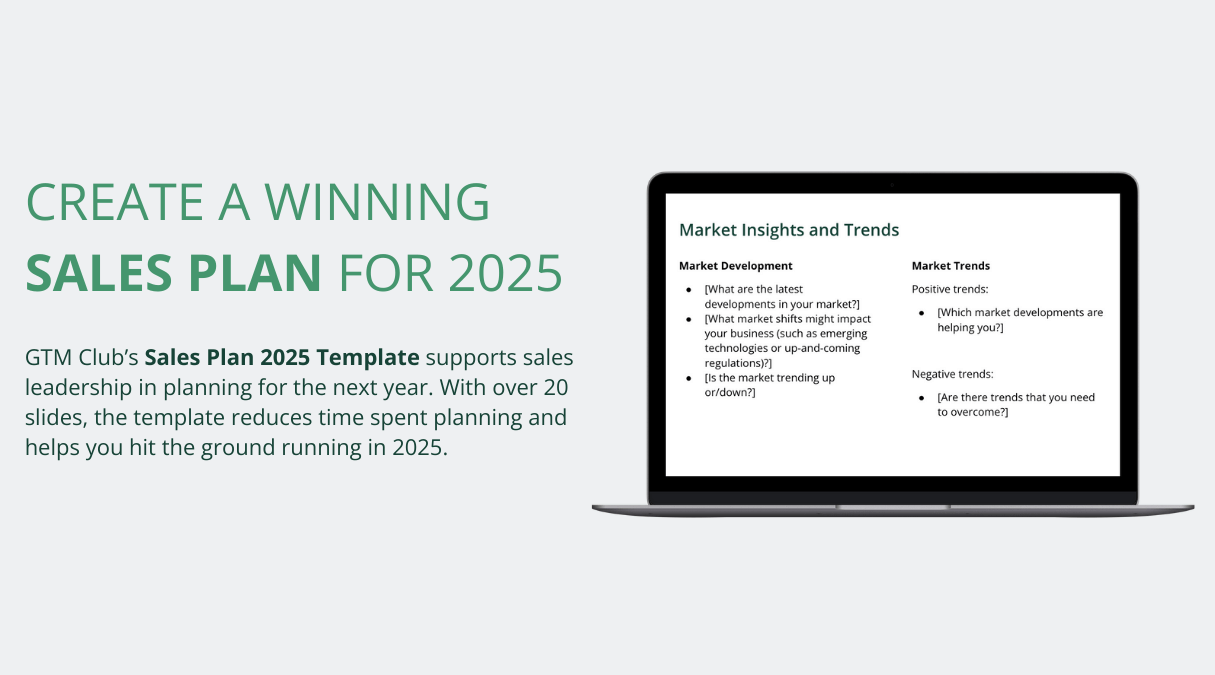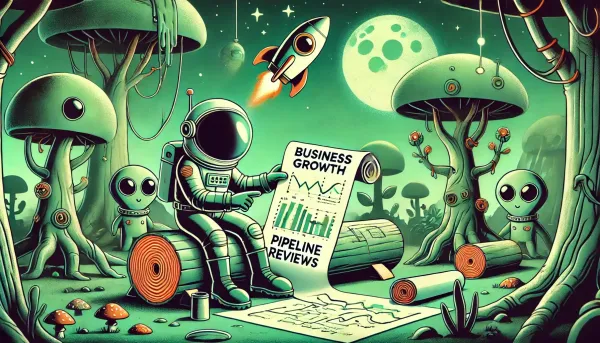Essential KPIs for Sales Development Teams
Explore essential KPIs for outsourced sales development teams to optimise performance and drive sales growth.

Whether you are establishing an in-house SDR team, opting for outsourcing, or exploring a hybrid model, measuring progress and success is crucial. As the sales development representative role often serves as a gateway into a career in sales, using clear performance indicators is essential for evaluating an individual contributor's potential, success, and coaching needs.
Here, we will discuss some valuable KPIs to track your SDRs, especially from the viewpoint of an outsourced team. Your arrangement with your outsourcing partner typically covers team-level metrics, leaving the individual SDR’s KPIs to the discretion of their team lead.
When setting goals for your extended SDR team, agree on how they report progress. Weekly or monthly updates on agreed metrics, such as sales calls and dials, may suffice. An external SDR team can effectively provide benchmark or market data if the reporting mechanisms are correctly established. So consider setting metrics based on customer segments or geographical regions to gain deeper insights into differences between your buyer personas.
Below are some commonly measured KPIs within SDR teams. We use the same example as in the earlier blog about agreeing sales calls for account executives.
Agreed on Sales Calls
Yes, I’m happy to discuss this more.
Score! The SDRs work to set up sales calls or even SaaS sales demos for your team, and you most likely pay for each, so reporting on progress is expected. The frequency and success rate at which they agree appointments provide valuable insight into the performance of individual SDRs and their teams.
Note: Our previous blog provides hints at how to set up a successful handover from SDR to Account Executive.
Agreed on Redials
I might be interested, but I can’t speak right now. Call me again later.
Prospect’s request for a callback represents a high potential for conversion to a sales call when connected again. While not commonly reported outside of extended teams, asking about this KPI can indicate what to expect soon.
Dials and Connected Calls
Hello.
Done dials and calls getting through to prospects (not gatekeepers!) are traditional sales KPIs loved by every old-school VP. It's highly recommended that you ask for these calling statistics as they tell you how much activity there is in your selected team (email can be automated, but calling not so much - quite yet). The ratios of dials to connected calls to set appointments offer a classic yet critical view of an SDR’s persistence and effectiveness.
Post by @simonsinekView on Threads
Sent Emails
Differentiating between manually sent emails and those dispatched as part of an automated multi-channel outreach helps understand the team's approach and efficiency. Tracking the performance across different channels, especially in new markets, can reveal what resonates best with your target audience.
Completed Companies and Contacts
Agreeing on a cadence for reaching out to prospects is recommended. This cadence includes 1) how many times, 2) in which channels, 3) over how many days, and 4) using which message the outreach is done. On a company level, you might also plan in which order you reach out to different contact roles and how many contacts there should be per company.
Contact is completed once spoken with, or cadence has run through without contact. A company is usually completed once the first sales call has been agreed upon or contacts have run out without a positive result.
Completed contacts and companies are good numbers to monitor, especially when working with a new partner or individual SDR. You want to prevent them from burning the market with low-quality outreach that yields low results.
Remaining List
The constant availability of fresh contacts to reach out to is vital for ongoing SDR activities. Regardless of what you agree on the responsibility of adding new names to the prospect list, it is in your shared interest that the list does not run out. Ensuring that the SDR team constantly has prospects to engage with is similar to guaranteeing that a sports car always has fuel.
Beyond Metrics
Understanding the rationale behind yes or no of specific companies and contacts can provide additional insights into the market's reception of your offerings. It is an excellent practice to ask for an extra data point for each prospective contact: why or why not they found the offering interesting. Ideally, the extended team would input these insights into your CRM, but a simple Excel file is not out of the question either.
The continuous feedback loop from SDR activities is a goldmine for refining your go-to-market strategies. These insights can reveal patterns in customer behaviour, preferences, and objections, enabling you to adjust your offerings, messaging, and sales tactics dynamically. A frequent reason for disinterest might nudge you to reassess even your product roadmap or sales strategy.
Post by @joingtmclubView on Threads




